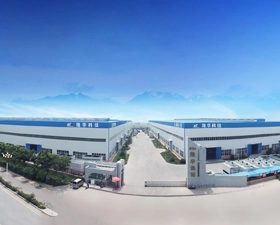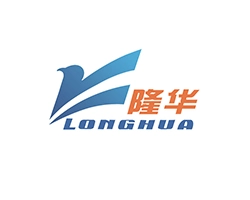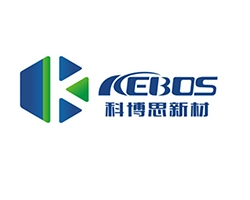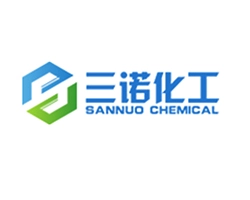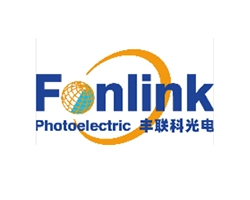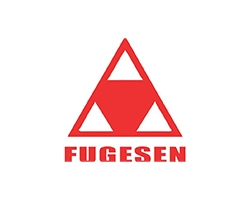
Thermal power plants are widely used for electricity generation, with the core process involving the conversion of the thermal energy from sources such as coal and gas into electrical energy. In this intricate energy conversion process, the cooling system plays a crucial role. This article delves into the working principles of the cooling system in thermal power plants and its significance in practical applications.
Classification and Functions of Cooling Systems
Cooling systems can be classified into direct and indirect cooling systems. The direct industrial cooling system directly utilizes water to reduce temperatures during power generation, while the indirect cooling system introduces a heat exchanger in the power generation cycle to achieve cooling through a heat exchange medium.
Whether direct or indirect, the primary purpose of cooling systems is to ensure that power generation equipment maintains suitable temperatures during operation. Elevated temperatures not only affect equipment performance but can also lead to equipment damage. Therefore, cooling systems play a crucial role in thermal power plants.
Working Principles of Direct Cooling Systems
Direct cooling systems are the most common method and have a relatively simple working principle. In thermal power plants, direct cooling systems typically use water to lower the equipment's temperature. The basic working process is as follows:
Heat absorption phase: During the combustion of coal or gas, a significant amount of thermal energy is released, causing the power generation equipment to heat up. At this point, the cooling system introduces cooling water to the vicinity of the equipment.
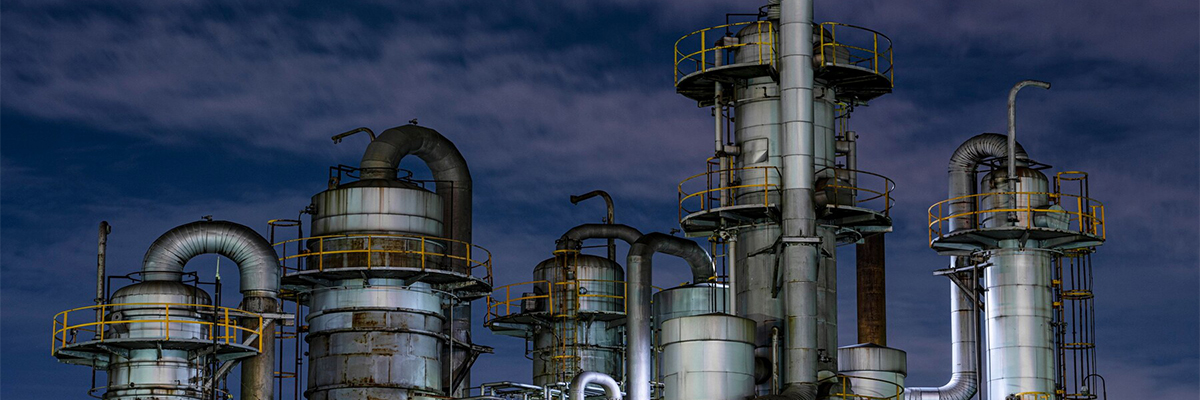
Water cooling: Cooling water circulates through the equipment, absorbing heat and reducing the surface temperature of the equipment. During this process, the cooling water warms up and carries away some of the equipment's heat.
Heat dissipation phase: The heated cooling water is transported to a cooling tower or another heat dissipation device. Here, the cooling water dissipates heat by coming into contact with the atmosphere, releasing the absorbed heat. It is then reintroduced into the system.
Through this cyclical process, direct cooling systems effectively maintain the equipment within a controllable temperature range.
Working Principles of Indirect Cooling Systems
Indirect cooling systems are comparatively more complex but are more efficient in certain situations. The working principles are as follows:
Heat exchange phase: The heat released during the combustion of coal or gas is transferred to a heat exchanger. In the heat exchanger, the heat is transferred to another heat medium, typically water vapor.
Steam generation: The heat medium in the heat exchanger (usually water) turns into steam when heated. The steam drives a turbine into operation.
Power generation process: The turbine's rotation powers a generator, converting mechanical energy into electrical energy.
Steam cooling: After moving through the turbine, the steam needs to be cooled back into water to re-enter the heat exchanger, completing the cycle.
Indirect cooling systems, by transferring heat to a working medium, facilitate power generation cycles and control equipment temperatures throughout the power generation process, improving energy efficiency.
Applications and Importance of Cooling Systems
The cooling system in thermal power plants plays a critical role in the following aspects:
Equipment protection: By effectively controlling equipment temperatures, the cooling system prevents overheating, prolonging equipment life and enhancing reliability.
Improved efficiency: By maintaining appropriate temperatures, the cooling system ensures power generation equipment operates optimally, thereby increasing energy conversion efficiency.
Environmental protection: During the cooling process, the cooling system releases excess heat into the atmosphere through cooling towers and similar devices. A well-designed cooling system can reduce the impact of thermal pollution on the surrounding environment.
Economic benefits: Proper operation of the cooling system can reduce equipment losses, improve power generation efficiency, and is crucial for the economic operation of thermal power plants.
In thermal power plants, the cooling system, with its critical role, ensures the normal operation and efficient power generation of the equipment. Direct and indirect cooling systems exhibit their respective advantages in different situations. Through continuous technological innovation and system optimization, cooling systems will continue to play an irreplaceable role in the field of thermal power generation, driving the sustainable development of the entire energy industry.


 EN
EN
 jp
jp  ko
ko  fr
fr  de
de  es
es  it
it  ru
ru  pt
pt  ar
ar  tr
tr 